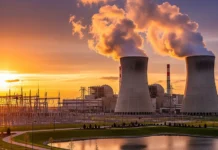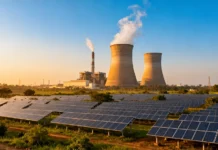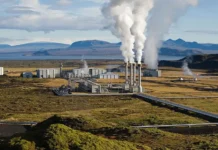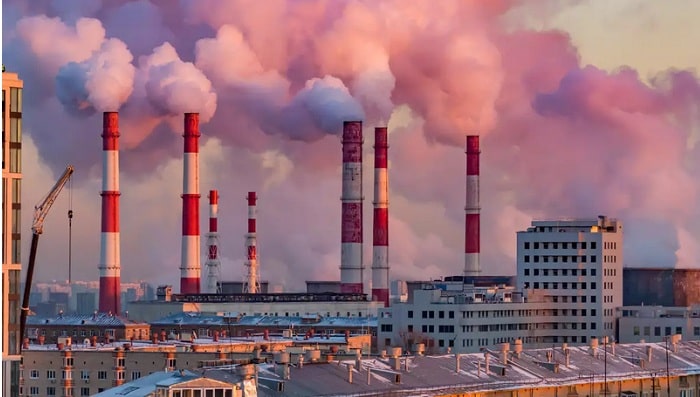Australian Energy Minister Angus Taylor has announced A$18bn in public investment over the next decade for carbon-reducing technologies. But there’s already discord over the plans, with Labor describing them as “the road to nowhere” and former Liberal Prime Minister Malcolm Turnbull calling them “bonkers”. So is Australia any closer to forming a united front on its energy and climate goals? We report.
While Australia may be predominantly associated with its prolific mining exports, it is in fact a country making significant progress in the global push for decarbonisation, with the National Greenhouse Gas Inventory finding renewables are now providing as much electricity to Australia’s National Electricity Market as gas and brown coal combined.
The states of Tasmania and South Australia are already on 100% and 60% renewable energy respectively, and while these are smaller states blessed with greater ease of transmission and widespread connectivity than others, rapid advances in solar and wind power mean that optimism is high for the rest of the country following suit.
The success of solar and wind have in a way made the government’s latest announcement divisive, as the proposed technologies for investment are expensive and their success relatively unknown by comparison. Is there a case to be made for developing these underexplored technologies to aid Australia in its decarbonising mission? Or would efforts be more significantly felt elsewhere?
A renewable push
As the leading coal and gas exporter in the world, cementing emissions targets and a consistent clean energy plan has been something of a challenge for Australia. However, despite this obstacle, the country announced it was halfway to meeting its Paris targets by the end of 2019 – a plan that is aiming for an emissions reduction from 28% to 26% by 2030, and an overall cost reduction for technologies such as battery storage and carbon capture.
The latest plan reflects these goals, with carbon capture and storage being one of the main areas highlighted for investment, and hydrogen picked for its promise of carbon reductions. The general lack of examples of these technologies working is, however, a point of concern for other industry members – pitching it as something of a risky move with potentially little pay-off.
Geoff James, research principal at the University of Technology Sydney’s Institute for Sustainable Futures says there is a valid argument to kick-start the hydrogen industry with the (imperfect) existing methods, to enable a transition to a greener energy source.
“Brown hydrogen is not clean. But it’s cheap enough to get the industry started, and then we’ll transition,” says James.
“So once you’ve started the hydrogen industry, then you’re set up to transition that to a cleaner form, either through sequestration, which makes it blue, or through using renewable electricity, which makes it green.”



































